Recommended sushi restaurants in Yamanashi, Japan
Warning: Undefined property: stdClass::$area_code1 in /home/c8872851/public_html/sushiliv.com/wp-content/themes/swell_child/functions.php on line 888
Warning: Undefined property: stdClass::$name in /home/c8872851/public_html/sushiliv.com/wp-content/themes/swell_child/functions.php on line 871
Warning: Undefined property: stdClass::$area_code1 in /home/c8872851/public_html/sushiliv.com/wp-content/themes/swell_child/functions.php on line 888
Warning: Undefined property: stdClass::$name in /home/c8872851/public_html/sushiliv.com/wp-content/themes/swell_child/functions.php on line 871
Warning: Undefined property: stdClass::$area_code1 in /home/c8872851/public_html/sushiliv.com/wp-content/themes/swell_child/functions.php on line 888
Warning: Undefined property: stdClass::$name in /home/c8872851/public_html/sushiliv.com/wp-content/themes/swell_child/functions.php on line 871
Warning: Undefined property: stdClass::$area_code1 in /home/c8872851/public_html/sushiliv.com/wp-content/themes/swell_child/functions.php on line 888
Warning: Undefined property: stdClass::$name in /home/c8872851/public_html/sushiliv.com/wp-content/themes/swell_child/functions.php on line 871
Warning: Undefined property: stdClass::$area_code1 in /home/c8872851/public_html/sushiliv.com/wp-content/themes/swell_child/functions.php on line 888
Warning: Undefined property: stdClass::$name in /home/c8872851/public_html/sushiliv.com/wp-content/themes/swell_child/functions.php on line 871
Warning: Undefined property: stdClass::$area_code1 in /home/c8872851/public_html/sushiliv.com/wp-content/themes/swell_child/functions.php on line 888
Warning: Undefined property: stdClass::$name in /home/c8872851/public_html/sushiliv.com/wp-content/themes/swell_child/functions.php on line 871
Warning: Undefined property: stdClass::$area_code1 in /home/c8872851/public_html/sushiliv.com/wp-content/themes/swell_child/functions.php on line 888
Warning: Undefined property: stdClass::$name in /home/c8872851/public_html/sushiliv.com/wp-content/themes/swell_child/functions.php on line 871
Warning: Undefined property: stdClass::$area_code1 in /home/c8872851/public_html/sushiliv.com/wp-content/themes/swell_child/functions.php on line 888
Warning: Undefined property: stdClass::$name in /home/c8872851/public_html/sushiliv.com/wp-content/themes/swell_child/functions.php on line 871
Warning: Undefined property: stdClass::$area_code1 in /home/c8872851/public_html/sushiliv.com/wp-content/themes/swell_child/functions.php on line 888
Warning: Undefined property: stdClass::$name in /home/c8872851/public_html/sushiliv.com/wp-content/themes/swell_child/functions.php on line 871
Warning: Undefined property: stdClass::$area_code1 in /home/c8872851/public_html/sushiliv.com/wp-content/themes/swell_child/functions.php on line 888
Warning: Undefined property: stdClass::$name in /home/c8872851/public_html/sushiliv.com/wp-content/themes/swell_child/functions.php on line 871
Warning: Undefined property: stdClass::$area_code1 in /home/c8872851/public_html/sushiliv.com/wp-content/themes/swell_child/functions.php on line 888
Warning: Undefined property: stdClass::$name in /home/c8872851/public_html/sushiliv.com/wp-content/themes/swell_child/functions.php on line 871
Warning: Undefined property: stdClass::$area_code1 in /home/c8872851/public_html/sushiliv.com/wp-content/themes/swell_child/functions.php on line 888
Warning: Undefined property: stdClass::$name in /home/c8872851/public_html/sushiliv.com/wp-content/themes/swell_child/functions.php on line 871
Warning: Undefined property: stdClass::$area_code1 in /home/c8872851/public_html/sushiliv.com/wp-content/themes/swell_child/functions.php on line 888
Warning: Undefined property: stdClass::$name in /home/c8872851/public_html/sushiliv.com/wp-content/themes/swell_child/functions.php on line 871
Warning: Undefined property: stdClass::$area_code1 in /home/c8872851/public_html/sushiliv.com/wp-content/themes/swell_child/functions.php on line 888
-

Meat Tofu and Lemon Sour Popular Shokudo Yasubee Kofu Ekimae
Sushi restaurant in Yamanashi [SUSHILIVE comment] -


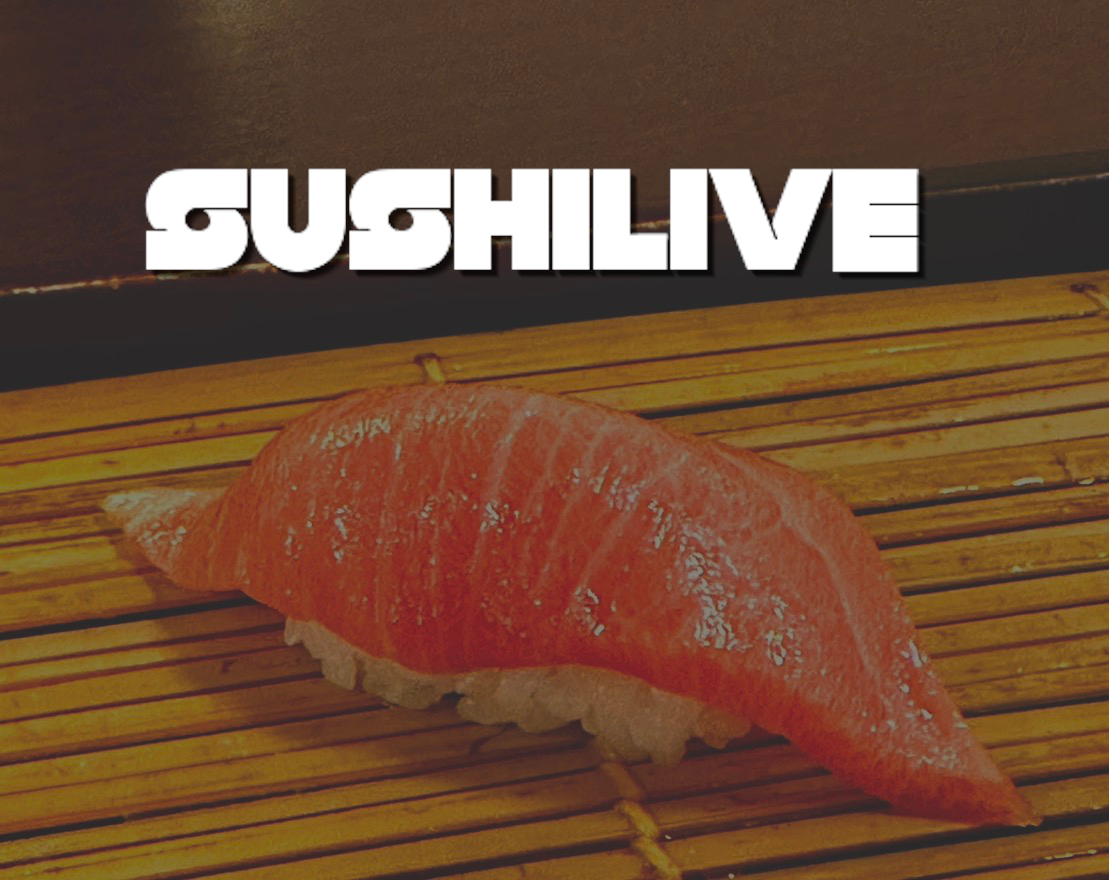
Hananomai Kofu Ekimae Store
Sushi restaurant in Yamanashi [SUSHILIVE comment] -



Tokyo Sushi ITAMAE SUSHI Kofu Branch
Sushi restaurant in Yamanashi [SUSHILIVE comment] -



GINJI of goods
Sushi restaurant in Yamanashi [SUSHILIVE comment] -



Muzoe Kurazushi Kofu Kamiahara
Sushi restaurant in Yamanashi [SUSHILIVE comment] -



Ayukawa Sushi
Sushi restaurant in Yamanashi [SUSHILIVE comment] -



Hamazushi Kofu Arakawa
Sushi restaurant in Yamanashi [SUSHILIVE comment] -



Kyotaru CEREO Kofu
Sushi restaurant in Yamanashi [SUSHILIVE comment] -



Kappa Sushi Kofu Muko-machi
Sushi restaurant in Yamanashi [SUSHILIVE comment] -



Restaurant Kawa
Sushi restaurant in Yamanashi [SUSHILIVE comment] -



豊鮨
Sushi restaurant in Yamanashi [SUSHILIVE comment] -



Hamazushi Showa-machi Iikuraiten
Sushi restaurant in Yamanashi [SUSHILIVE comment] -



fishing
Sushi restaurant in Yamanashi [SUSHILIVE comment] -



Yuzuan Kofu Kunimo Store
Sushi restaurant in Yamanashi [SUSHILIVE comment] -



Sushiro Kofu Alps Street
Sushi restaurant in Yamanashi [SUSHILIVE comment] -



Hamazushi Fuefuki-Ishiwa
Sushi restaurant in Yamanashi [SUSHILIVE comment] -



Wakasushi
Sushi restaurant in Yamanashi [SUSHILIVE comment] -



wakazushi kofu ekimae
Sushi restaurant in Yamanashi [SUSHILIVE comment] -



seafood and vegetables cooked sukiyaki style and served with miso
Sushi restaurant in Yamanashi [SUSHILIVE comment] -



Hanaharu Sushi
Sushi restaurant in Yamanashi [SUSHILIVE comment] -



Spaghetti at Tamajushi Sushiya
Sushi restaurant in Yamanashi [SUSHILIVE comment] -



Uoso North Exit Branch
Sushi restaurant in Yamanashi [SUSHILIVE comment] -



Uoso Main Store
Sushi restaurant in Yamanashi [SUSHILIVE comment] -



Sakaezushi
Sushi restaurant in Yamanashi [SUSHILIVE comment] -



Morimori Sushi AEON MALL Kofu Showa
Sushi restaurant in Yamanashi [SUSHILIVE comment] -



market sushi
Sushi restaurant in Yamanashi [SUSHILIVE comment] -



Tokyo Sushi
Sushi restaurant in Yamanashi [SUSHILIVE comment] -



Tatsumi sushi
Sushi restaurant in Yamanashi [SUSHILIVE comment] -



Cornerstone
Sushi restaurant in Yamanashi [SUSHILIVE comment] -



Local cuisine Fugaku
Sushi restaurant in Yamanashi [SUSHILIVE comment]
Recommended conveyor belt sushi restaurants in Yamanashi, Japan
Warning: Undefined property: stdClass::$area_code1 in /home/c8872851/public_html/sushiliv.com/wp-content/themes/swell_child/functions.php on line 888
Warning: Undefined property: stdClass::$name in /home/c8872851/public_html/sushiliv.com/wp-content/themes/swell_child/functions.php on line 871
Warning: Undefined property: stdClass::$area_code1 in /home/c8872851/public_html/sushiliv.com/wp-content/themes/swell_child/functions.php on line 888
Warning: Undefined property: stdClass::$name in /home/c8872851/public_html/sushiliv.com/wp-content/themes/swell_child/functions.php on line 871
Warning: Undefined property: stdClass::$area_code1 in /home/c8872851/public_html/sushiliv.com/wp-content/themes/swell_child/functions.php on line 888
Warning: Undefined property: stdClass::$name in /home/c8872851/public_html/sushiliv.com/wp-content/themes/swell_child/functions.php on line 871
Warning: Undefined property: stdClass::$area_code1 in /home/c8872851/public_html/sushiliv.com/wp-content/themes/swell_child/functions.php on line 888
Warning: Undefined property: stdClass::$name in /home/c8872851/public_html/sushiliv.com/wp-content/themes/swell_child/functions.php on line 871
Warning: Undefined property: stdClass::$area_code1 in /home/c8872851/public_html/sushiliv.com/wp-content/themes/swell_child/functions.php on line 888
Warning: Undefined property: stdClass::$name in /home/c8872851/public_html/sushiliv.com/wp-content/themes/swell_child/functions.php on line 871
Warning: Undefined property: stdClass::$area_code1 in /home/c8872851/public_html/sushiliv.com/wp-content/themes/swell_child/functions.php on line 888
Warning: Undefined property: stdClass::$name in /home/c8872851/public_html/sushiliv.com/wp-content/themes/swell_child/functions.php on line 871
Warning: Undefined property: stdClass::$area_code1 in /home/c8872851/public_html/sushiliv.com/wp-content/themes/swell_child/functions.php on line 888
-


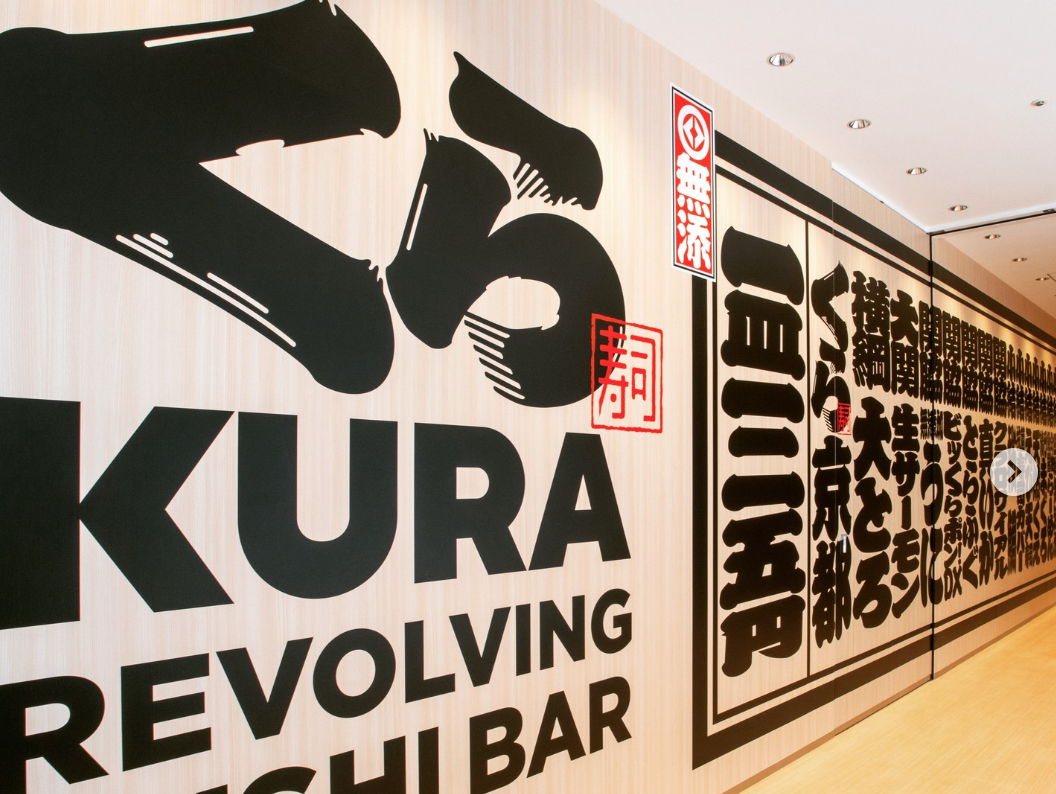
Kura Sushi Nitori Kofukami Awara
Sushi restaurant in Yamanashi [SUSHILIVE comment] -


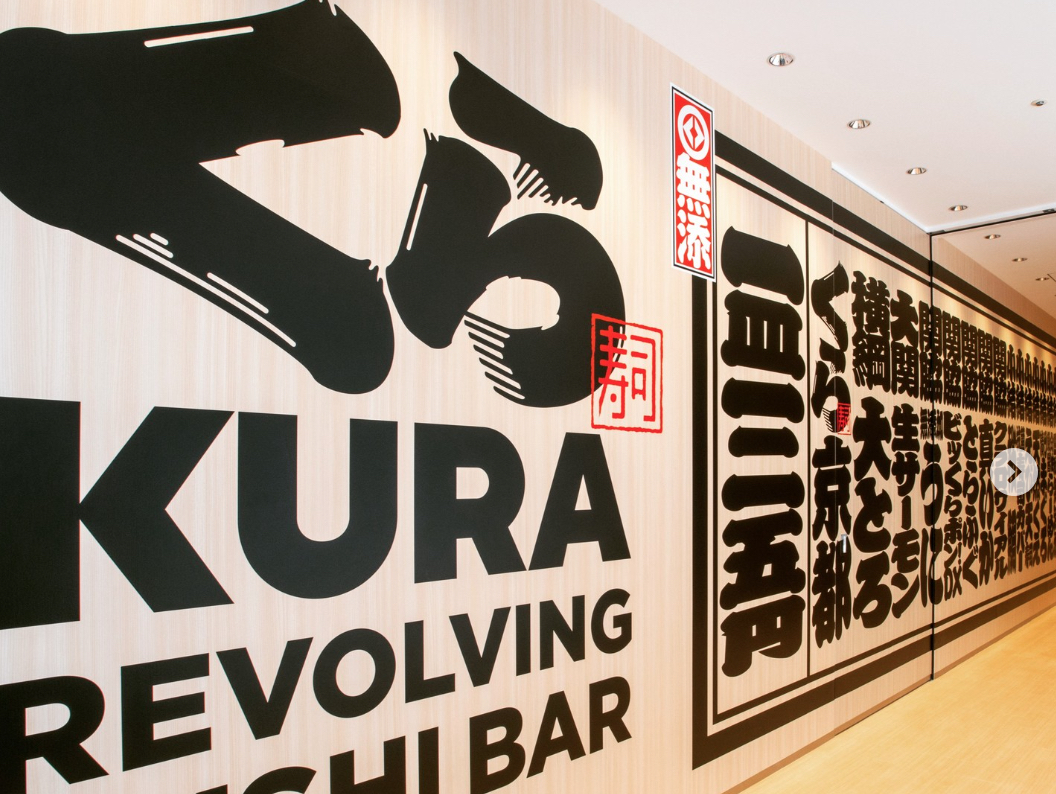
Kura Sushi Kofu Showa Interchange
Sushi restaurant in Yamanashi [SUSHILIVE comment] -


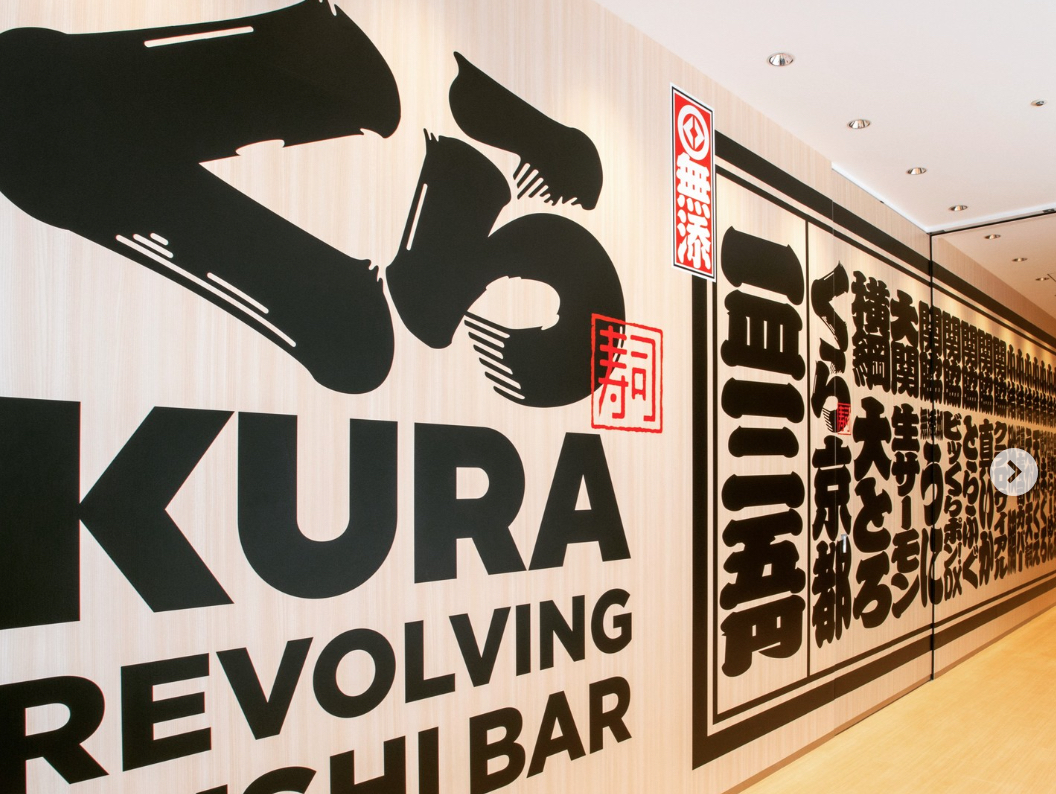
Kura Sushi Nirasaki Branch
Sushi restaurant in Yamanashi [SUSHILIVE comment] -


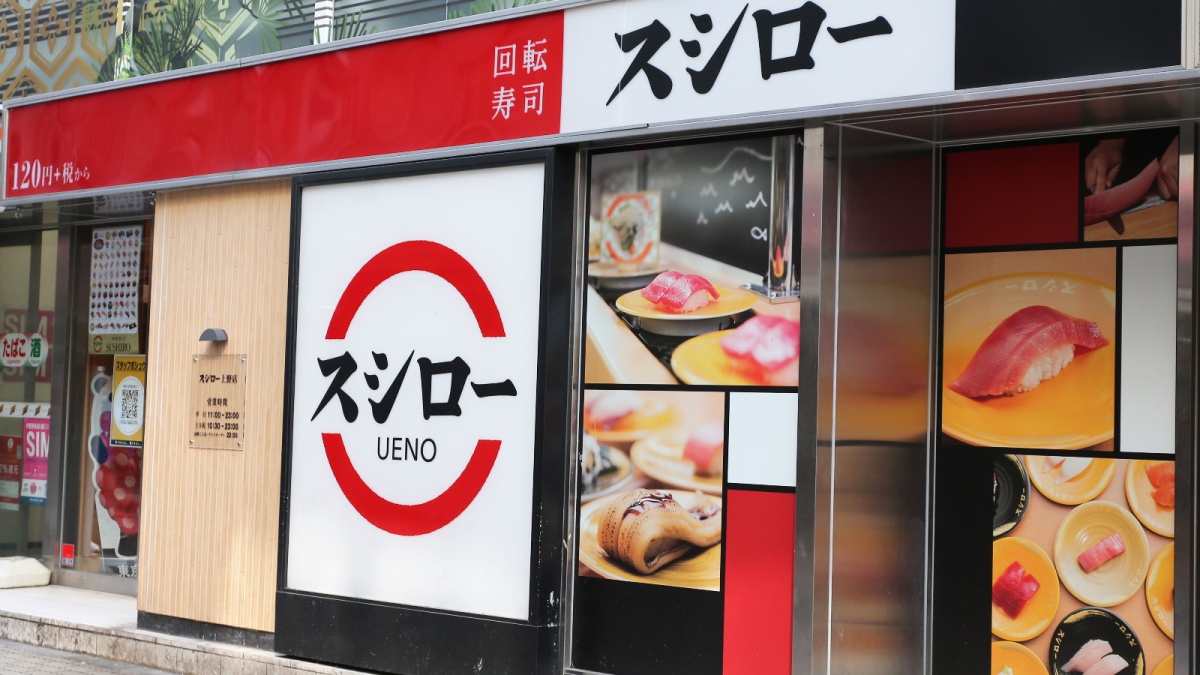
Sushiro Kofu East
Sushi restaurant in Yamanashi [SUSHILIVE comment] -


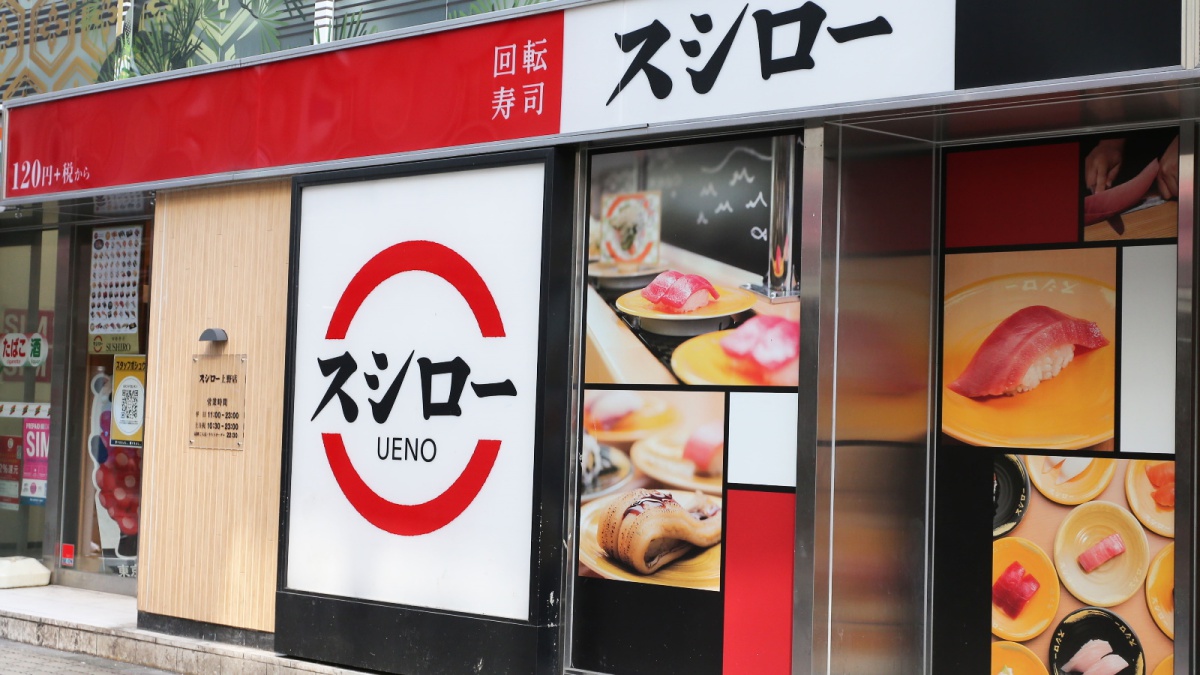
Sushiro Kofu Alps Street
Sushi restaurant in Yamanashi [SUSHILIVE comment] -


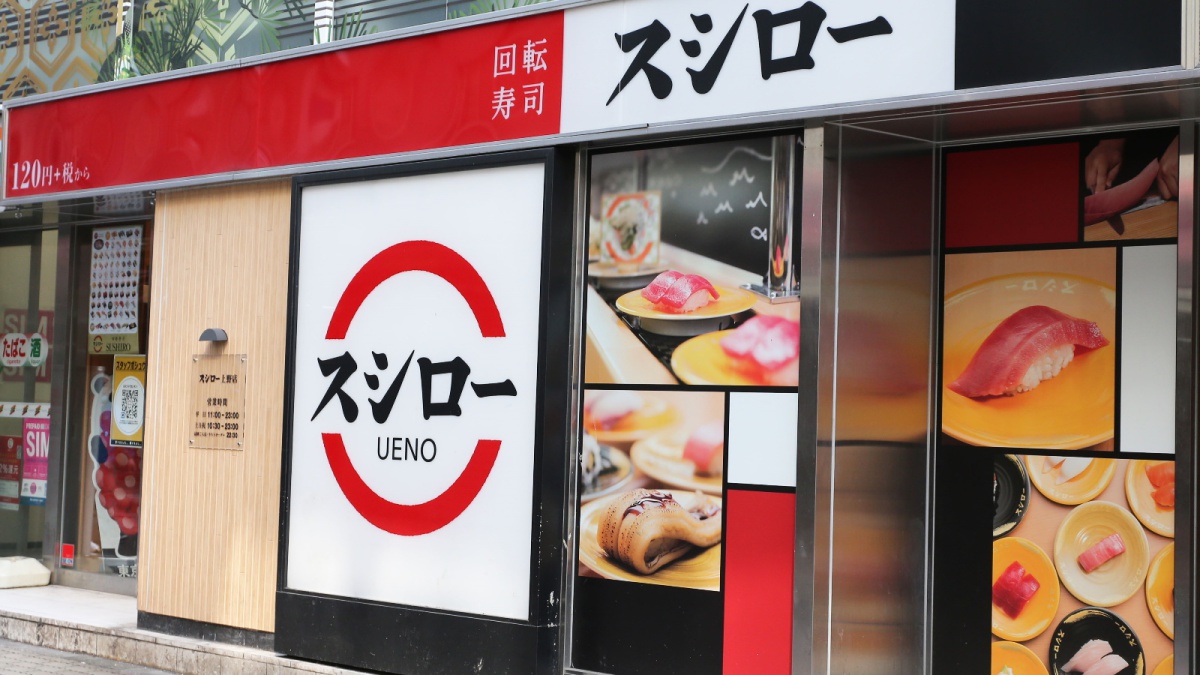
Sushiro Kawaguchiko Bell
Sushi restaurant in Yamanashi [SUSHILIVE comment] -


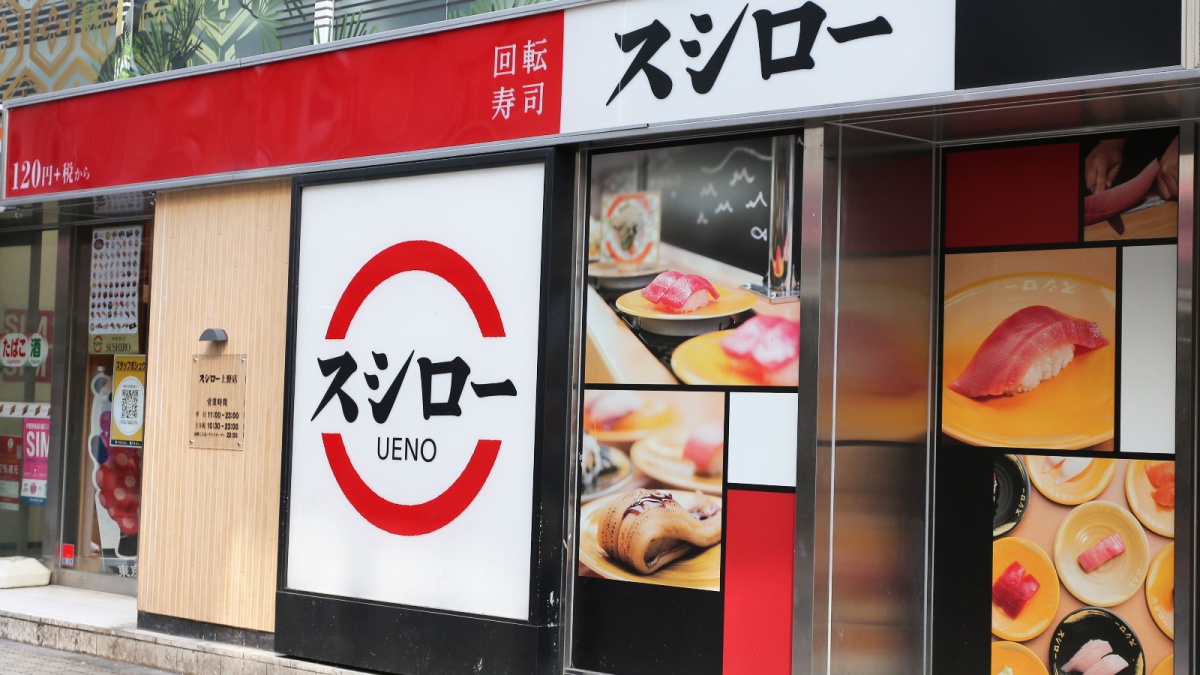
Sushiro Showa, Kofu
Sushi restaurant in Yamanashi [SUSHILIVE comment] -


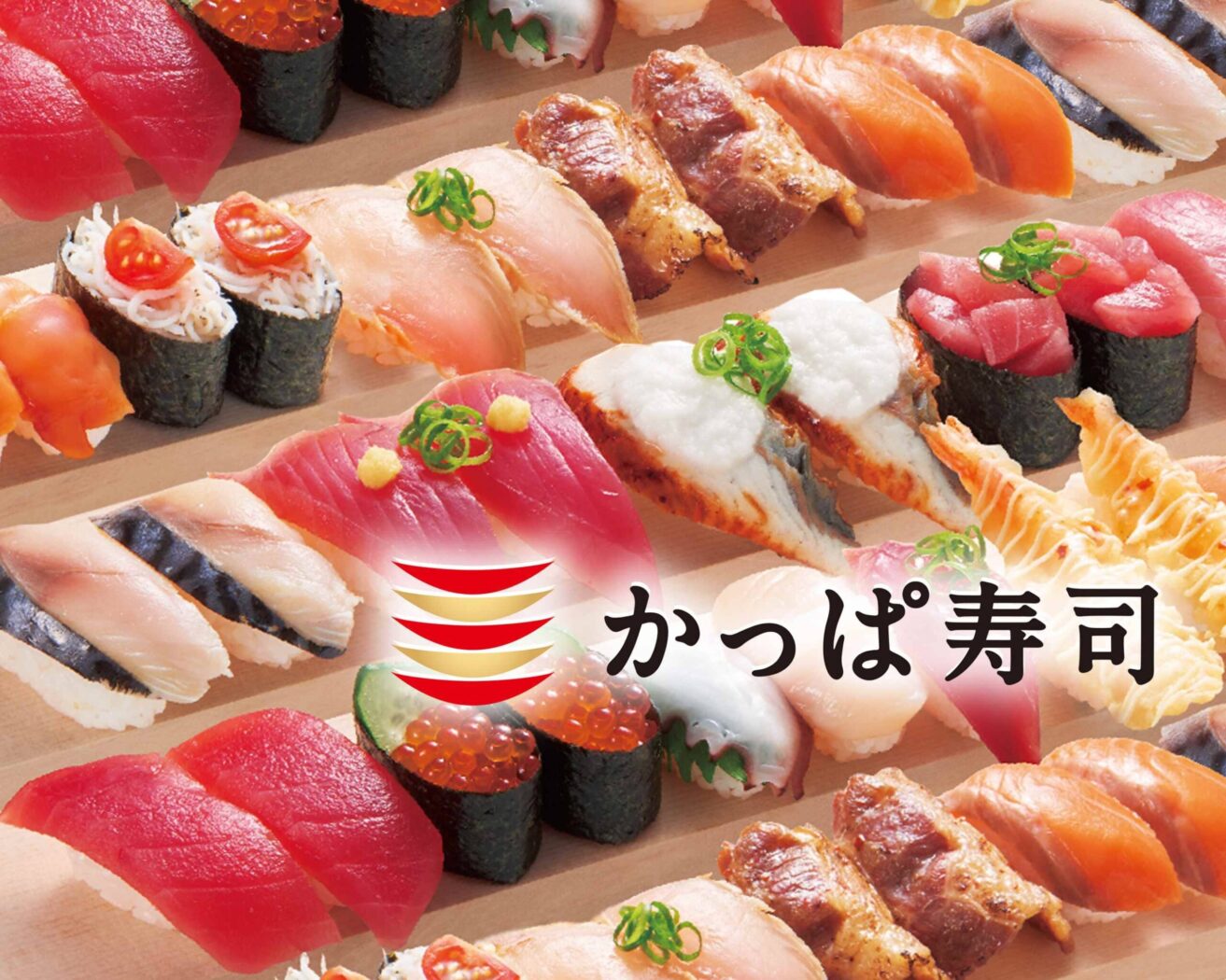
Kappa sushi Nitori Kofu Mukai-cho
Sushi restaurant in Yamanashi [SUSHILIVE comment] -


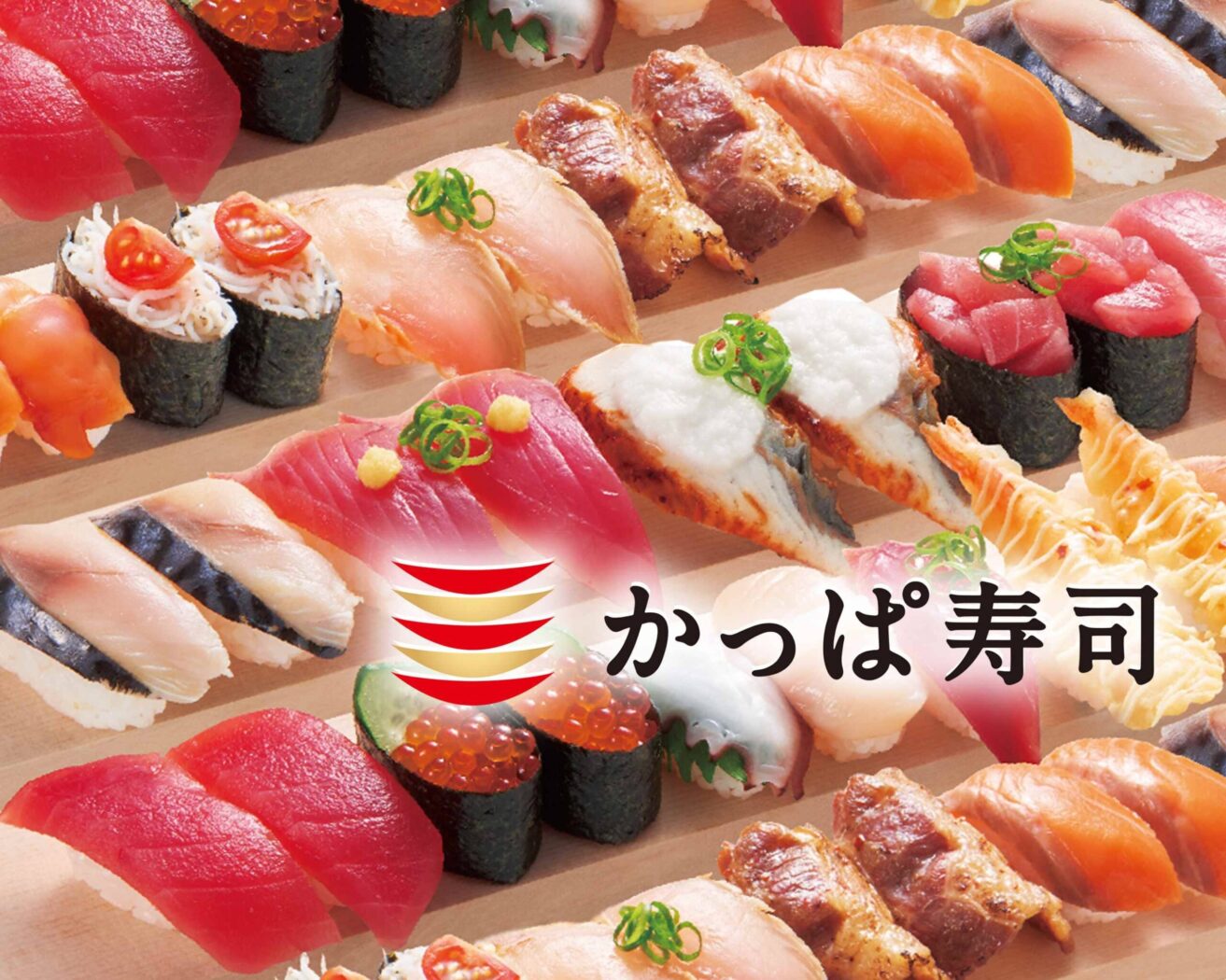
Kappa sushi Kofu Alps Dori Store
Sushi restaurant in Yamanashi [SUSHILIVE comment] -


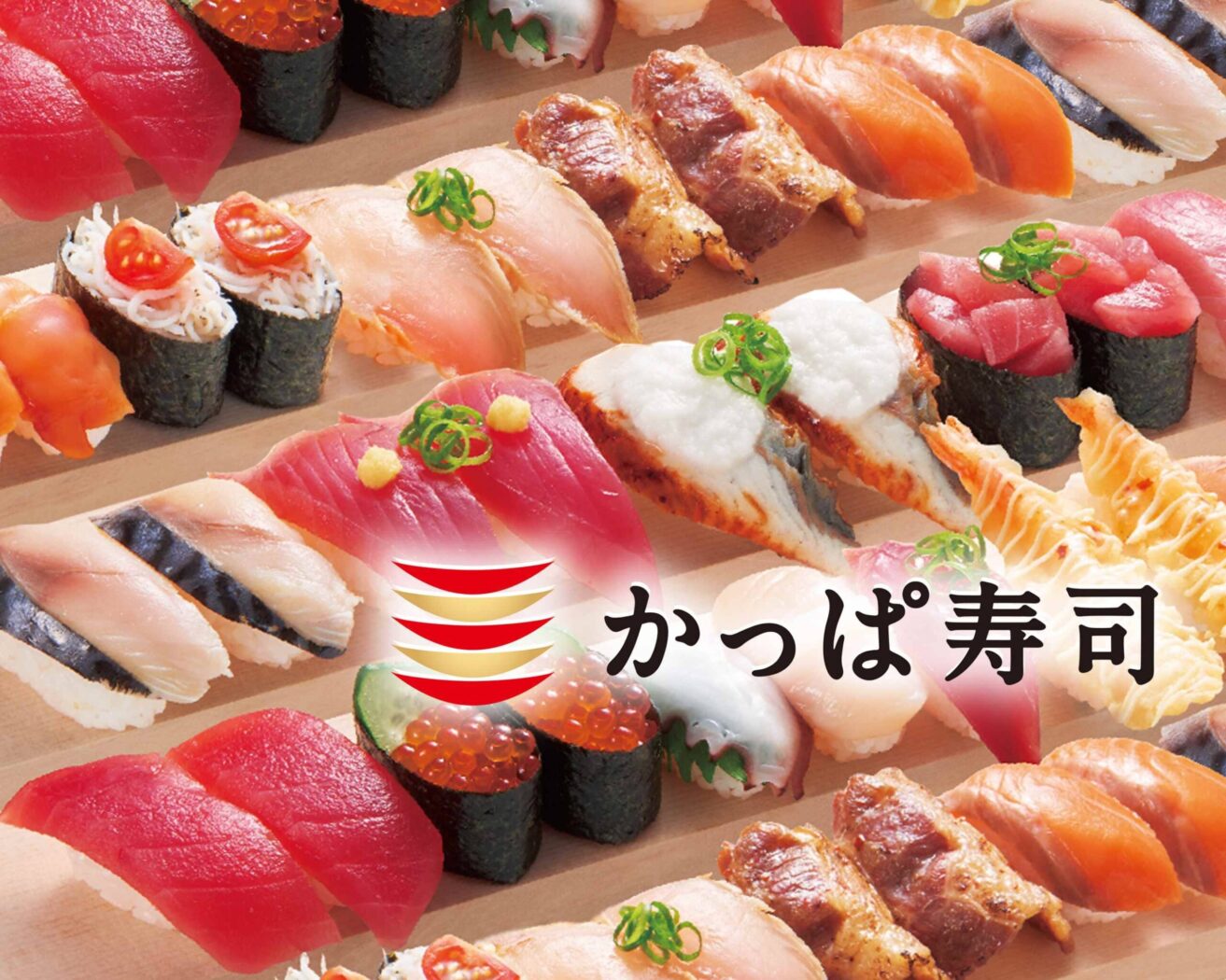
Kappa sushi Kawaguchiko Interchange
Sushi restaurant in Yamanashi [SUSHILIVE comment] -


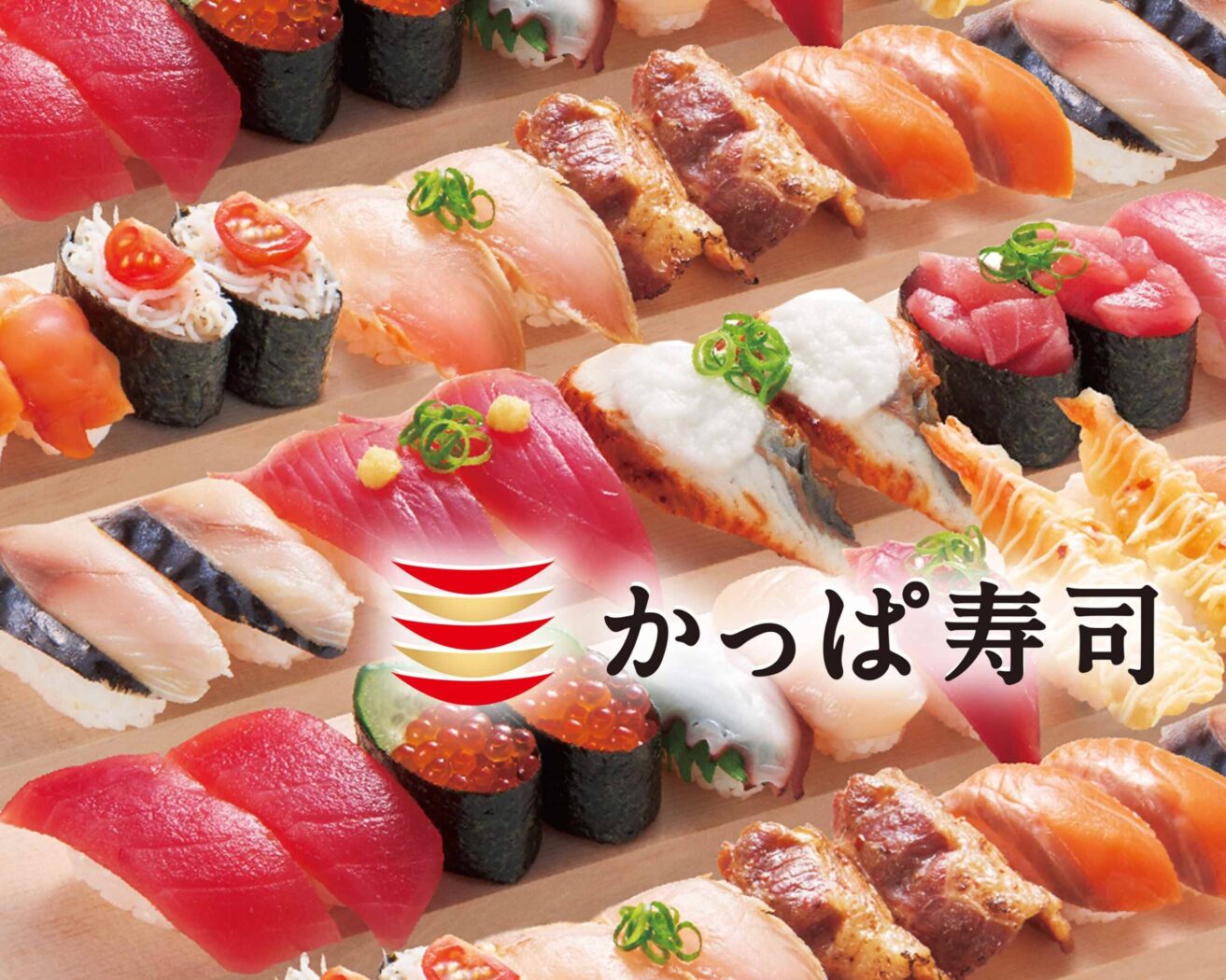
Kappa sushi Minami-Alps Store
Sushi restaurant in Yamanashi [SUSHILIVE comment] -


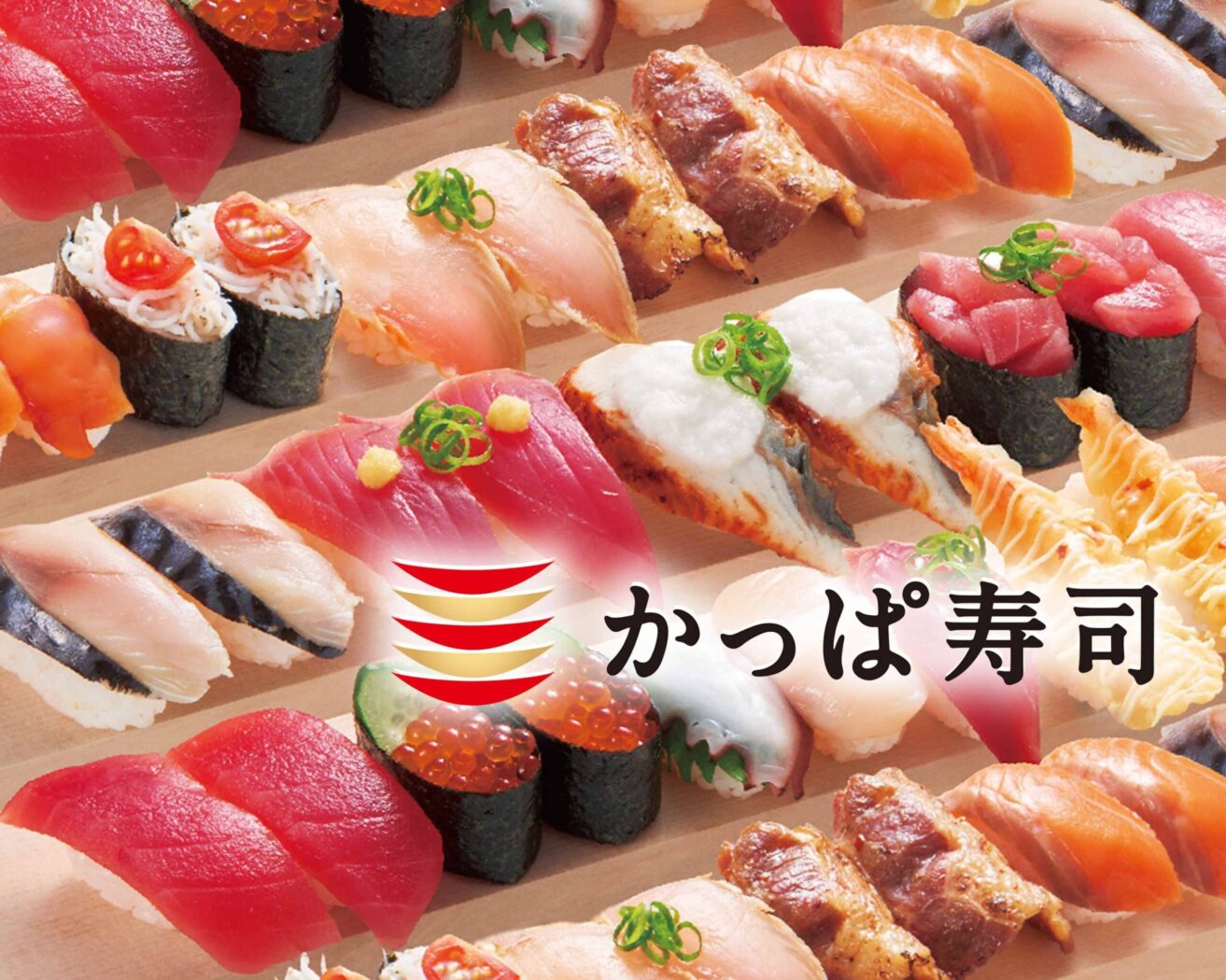
Kappa sushi AEON TOWN Yamanashi Chuo
Sushi restaurant in Yamanashi [SUSHILIVE comment]
Characteristics of Yamanashi’s Cuisine
Under the shadow of Fuji: The charm woven by history, nature, and its people
Yamanashi Prefecture, cradled by the majestic Mount Fuji, is an inland region pulsating with historical and cultural heritage. Geographically, it’s characterized by a basin surrounded by the Southern Alps, Mount Fuji, and the Chichibu mountain range. Rivers such as the Fuji and Fuefuki flow through it, nurturing abundant water resources.
Economically and socially, the region flourished as a post town along the Koshu Kaido from ancient times. During the Edo period, the silk industry developed, and in recent years, the cultivation of wine grapes and peaches, alongside tourism centered around Mount Fuji, has thrived. Its accessibility from the metropolitan area also marks it as a significant commuter town.
Yamanashi Prefecture is a fascinating area where the richness of nature, history, culture, and the vitality of its people merge.
Walking alongside Fuji from ancient to modern times
Yamanashi’s history is ancient, with human settlements traced back to the Paleolithic era. Called Kai Province in ancient times, it thrived as a crucial hub on the Tokaido road under the Ritsuryo system. The rise of the Kai Genji in the Kamakura period and later, Takeda Shingen’s expansion of the Takeda domain in the Sengoku period, marked it as a battleground of might. During the Edo period, it was known as the birthplace of Lady Kasuga, Tokugawa Ieyasu’s wet nurse, and thrived as a critical junction due to the development of the Koshu Kaido.
Entering the Meiji era, Yamanashi embraced modernization, seeing the development of the silk and wine-making industries. It also became a popular tourist spot for many literary figures due to Mount Fuji. The post-war economic boom saw further industrialization, with the automobile and precision machinery industries flourishing. Recently, the cultivation of wine grapes and peaches and tourism centered around Mount Fuji have become prominent.
Yamanashi has inscribed various historical epochs, continuously evolving while preserving its rich nature, history, and culture.
The food culture woven by the bounty, history, and culture at the foot of Mount Fuji
The food culture in Yamanashi is unique, nurtured by the bountiful nature at the foot of Mount Fuji, intertwined with its history and culture. Its basin geography and significant temperature differences between day and night make it ideal for fruit cultivation, with the prefecture known as a major producer of peaches, grapes, and cherries. The subterranean waters of Mount Fuji also foster quality rice and vegetables, beneficial for sake brewing.
Local cuisine includes hoto, Yoshida udon, and Koshu chicken motsu-ni. Hoto is a hearty dish of flat noodles and vegetables like pumpkin and leeks in a miso broth. Yoshida udon features thick, chewy noodles with horse meat in a stew. Koshu chicken motsu-ni is a sweet and spicy stew of chicken gizzards and hearts.
Additionally, Yamanashi is renowned for its unique food culture, including Koshu wine, Shingen mochi, and Koshu hoto.
A sushi culture unlike Edo’s, loved at the foot of Mount Fuji
As a landlocked prefecture, Yamanashi developed a distinct sushi culture from the Edo period. Unlike Edo-style sushi, Yamanashi sushi features rice vinegar or red vinegar in its rice and not just fresh seafood but also local ingredients like wild vegetables and mushrooms.
This sushi culture flourished with the establishment of the “Fish Tail Line” from Edo to Kofu in the early Edo period, facilitating fish transportation. The preservation method of marinating in vinegar became popular due to the difficulty in obtaining fresh seafood at the time.
With modern transportation, fresh seafood has become more accessible, yet Yamanashi’s unique sushi culture persists. The prefecture hosts a variety of sushi restaurants, from traditional to modern twists. When visiting Yamanashi, trying the local sushi is a must.
The blessings nurtured at the foot of Mount Fuji, Yamanashi’s specialties
Yamanashi, with its rich natural environment under Mount Fuji and its unique history and culture, boasts numerous specialties. Its climate, with significant temperature differences and low rainfall, is ideal for fruit cultivation, making it a leading producer of peaches, grapes, and cherries. Among these, the “Koshu Twentieth Century Pear,” resembling a beautiful ruby, stands as one of Yamanashi’s emblematic specialties.
Yamanashi is also known as Japan’s premier wine region. The temperature differences and well-drained soil at the foot of Mount Fuji are perfect for cultivating high-quality wine grapes, with Yamanashi wines gaining increasing acclaim in global competitions.
The prefecture is home to traditional crafts such as Koshu inden, Koshu hand-carved crystal, and Koshu weaving. Koshu inden, a deer leather craft adorned with lacquer patterns, became famous for its use in Takeda Shingen’s war banners. Koshu hand-carved crystal, a tradition from the Edo period, involves meticulous carving of each crystal piece. Koshu weaving, dating back to the early Edo period, produces exquisite silk fabrics.
Other unique specialties include Koshu hoto, Yoshida udon, and Shingen mochi. When visiting Yamanashi, be sure to savor these distinctive local delicacies.

